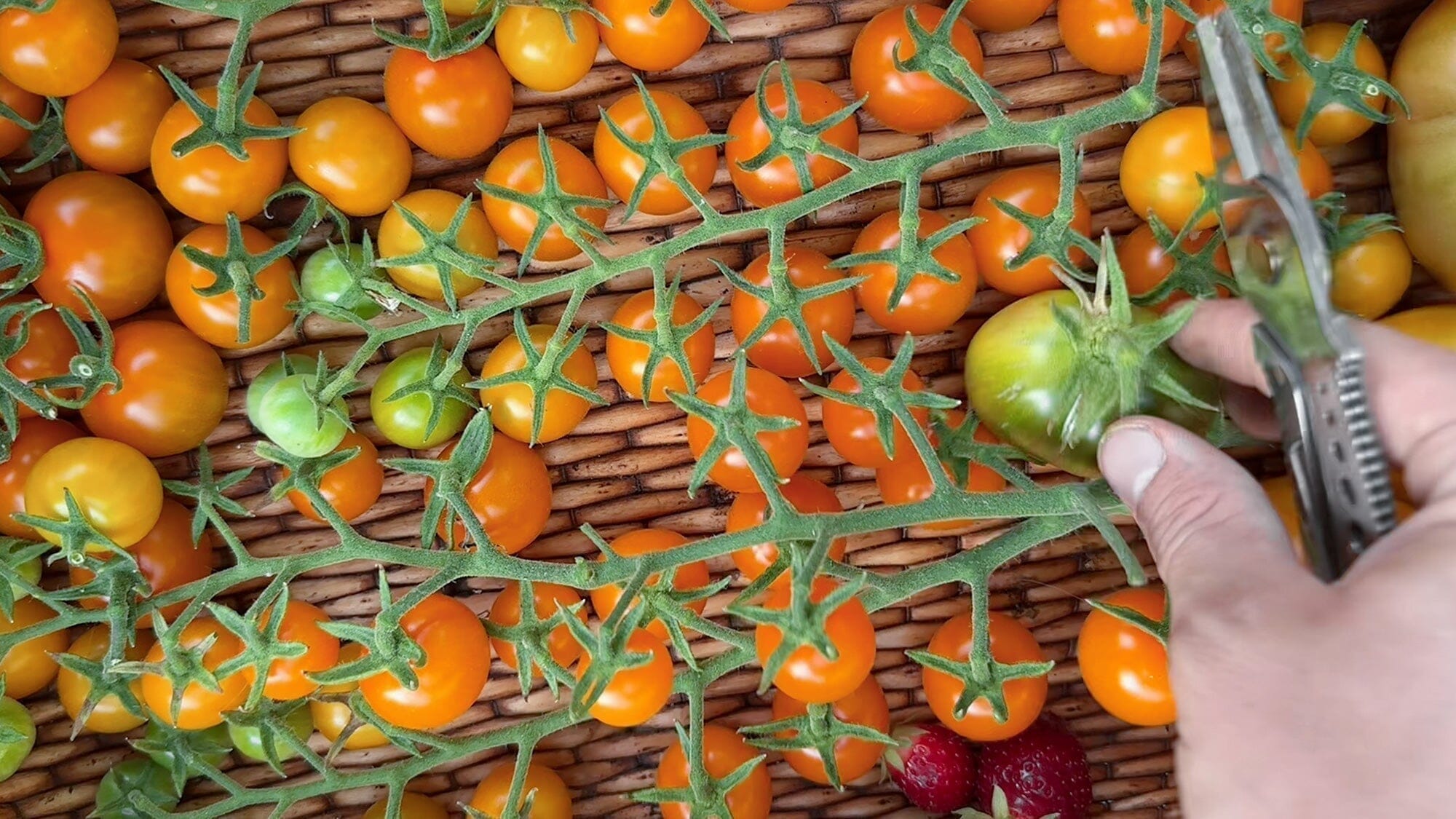Story & Photos by Gloria Goñi

· · ·
Curious about foraging for shellfish or seaweed? This guide takes you through the first steps in getting your feet wet (pun intended).
Local Shellfish & Seaweed Regulations
Disclaimer - When it comes to foraging shellfish & seaweed from your local coastlines, it is essential to abide by state laws on seasons, restrictions, and catch quotas. Harmful algae blooms like red tides can make foraging dangerous; checking with state and local agencies that test and provide recommendations for safe shellfish and seaweed harvest and consumption is critical. You will also need to check for low tides--the ideal time to forage.
Shellfish Foraging
There are a variety of shellfish species you can harvest. You can dig for clams, throw out crab rings from a nearby dock, and find mussels and barnacles attached to rocks during low tides. Wherever you go, check the species-specific rules and regulations for the area and time of year. Make sure you have the correct harvesting license, if applicable.
Gear & Foraging Tools
Depending on the type of shellfish you want to gather, you may need specific tools. Across the board, gloves like the Kunar utility glove are great for protecting your hands from sharp shells. A good pair of rain boots and rain gear will help keep you dry, depending on the conditions you are out in. A folding shovel is great for clam digging, while a knife or Hori Hori can detach mussels & barnacles from rocks. The Harvest & Gathering bag or Foraging Bag is perfect to hold all your delicious treasures.
Where To Go For Shellfish Collection
Clams typically like areas with muddy or sandy bottoms, crabs like underwater structure like dock pilings, bridges, or eelgrass forests, and mussels & barnacles enjoy intertidal zones of rocky shorelines. Doing a little research on the species you are after and the area you are in will help a lot!
Cleaning & Processing Shellfish
Shellfish usually need a bit of love before they can be prepared. First, brush off algae or visible sand clumps, then fill a large bowl with water and sea salt. Soak the shellfish (clams, mussels, oysters, barnacles) in the salty solution for 20 minutes to further clean. Then you can steam them and finally run them under cold fresh water to remove the last bits of sand. Discard any shellfish that don’t open up while cooking.
Seaweed Foraging
There are tons of edible seaweeds along coastlines that are just a few steps away from adding delicious flavor and nutrients to your next meal. Before you start foraging, make sure the area has clean water without any health warnings, familiarize yourself with the rules and regulations for seaweed harvest, and research the edible seaweed species in the area.
Know What You're Looking For
Many seaweeds are technically edible, but fewer are actually ideal for eating. Do some research beforehand and consider investing in a seaweed identification handbook. On the Oregon Coast, my favorite types are ulva, purple laver, and bull kelp!
Check The Tides
If you are accessing the seaweed by foot, make sure it is a low enough tide to get to your destination, and you know the time and date of the low tide. Seaweeds typically prefer shallow waters (that become exposed during low tides) and rocky shores. Consider scouting out the area beforehand if you haven’t been there before.
Seaweed Foraging Gear
A good pair of garden scissors, a wilderness knife for thicker seaweeds, and the Foraging bag with the Watertight PEVA insert will be perfect for collecting your seaweeds. You might also want rain pants and boots to stay dry.
Sustainable Harvest
Make sure you are conserving the resources as best you can. First and foremost, abide by any harvest limits and purchase any license you might need. Seaweed attaches to rocks or the ocean bottom at a location on the kelp called the holdfast. It is somewhat similar to the roots of a plant. To ensure the seaweed will regrow, snip the seaweed above the holdfast. You can also find fresh seaweed that has recently detached from rocks and can be harvested without needing to be cut.
Cleaning and Processing Seaweed
Seaweed doesn’t keep fresh for very long. While you are still on the beach, rinse the seaweed in the ocean water to clean off any bits of sand or little creatures. At home, soak seaweed in salt water until ready to use, or consider drying it in a dehydrator.
About
Gloria Goñi is a photographer, writer, and unbounded dreamer. Finding great satisfaction and joy in fishing, hunting, foraging, and harvesting her own food, Gloria incorporates these topics and many other curiosities into her creative work. Despite her Spanish roots and insatiable travel bug, Gloria finally settled in Montana with her trusty Aussie-doodle, Berto. Together they fish, hunt, and photograph their adventures one river or mountain at a time. Follow along with La Pescadora for more wild adventures. Gloriagoni.com





